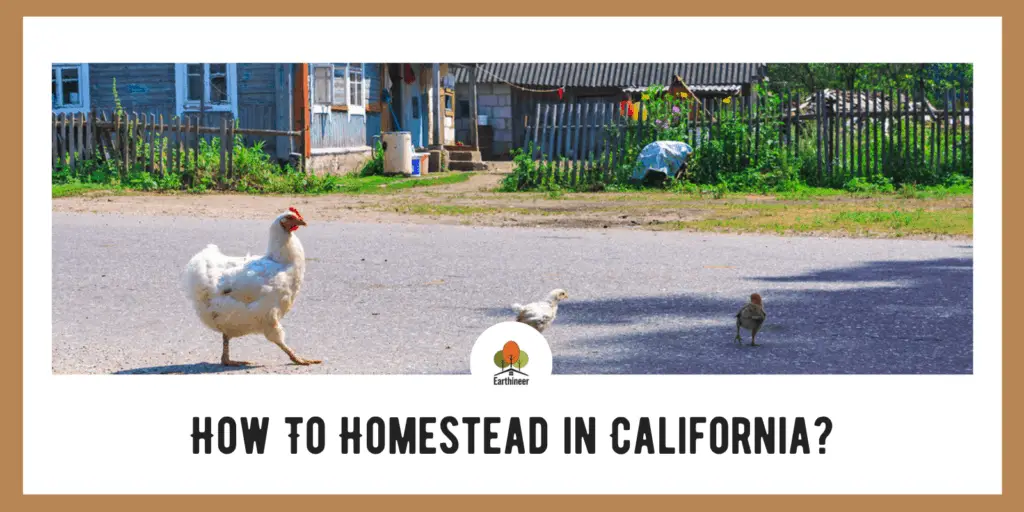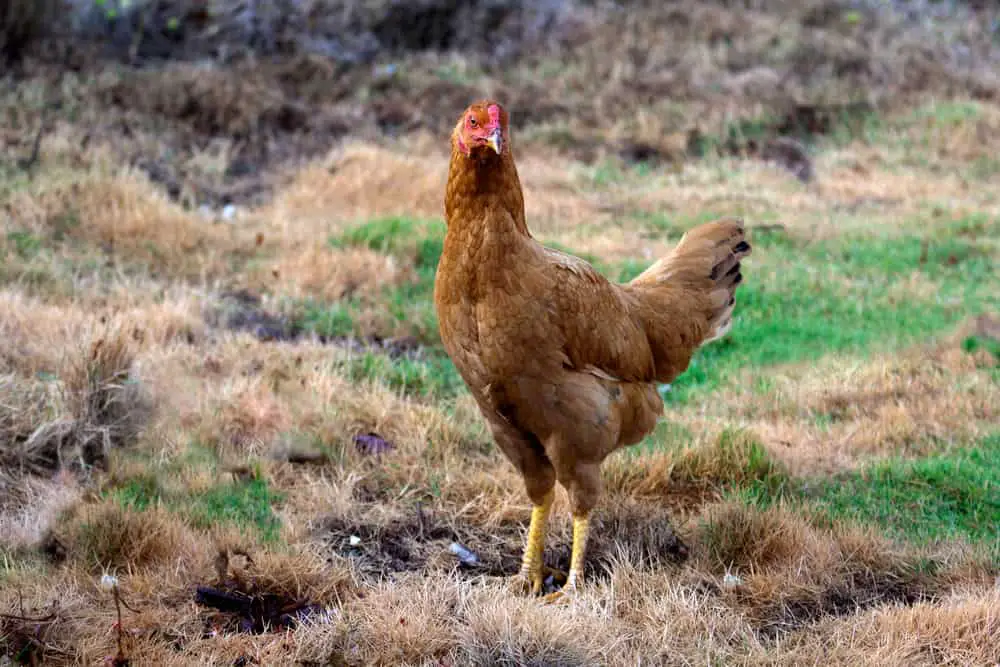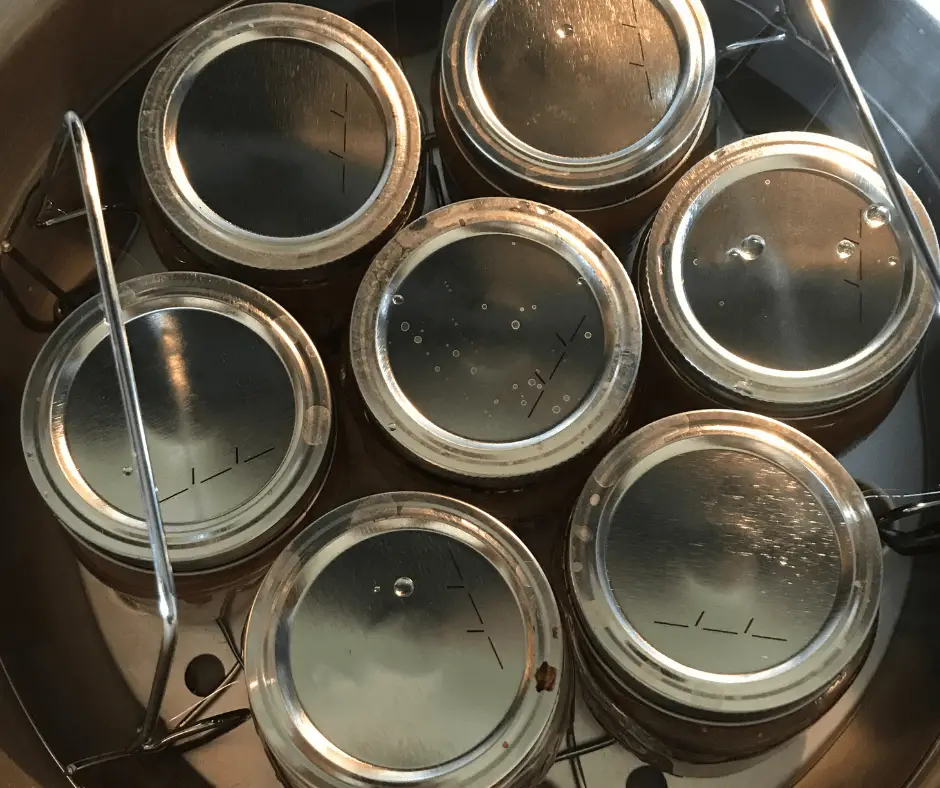California isn’t the first thing that comes to mind for a homestead for most people. Yet, it’s an excellent location to opt for, especially since they offer a homestead exemption.

If you want to homestead in California, there isn’t much difference with the big picture. You will need to change up how you garden and raise livestock, though.
There are a few other things to know, such as the climate because some areas of California are forestry, and others, straight-up desert.
I’ve always loved the idea of homesteading in the west. Primarily because it’s simpler yet requires a few specific tactics to have success.
We’re also going to cover one of the essential aspects of homesteading in California: water. Let’s look at how you can homestead in California.
Why Homesteading in California is Great
The Beauty
Lately, I’ve been very interested in homesteading in the west. Not just any part of the west, though. I prefer the idea of homesteading in California due to its various climates.
You have two major climates, one offers dryer grounds, and the other offers wet environments.
Then, you have the less common areas that receive snow regularly.
This makes it the perfect area for just about anyone because no matter what kind of climate you prefer, California probably has it.
Homestead Friendly
California is also incredibly friendly towards homesteads. For starters, the state offers a special homestead exemption.
Plus, their laws aren’t overly demanding, excluding weapons that aren’t always important to some homesteaders.
It’s not just about the laws, though. The general nature of California is growing towards green living more than nearly any other state.
This makes it very easy to find helpful resources and to be surrounded by like-minded people.
Fewer Concerns
My favorite aspect about homesteading in California is that there are very few concerns about predators, livestock theft, and pests destroying a garden.
There are no worries about hurricanes, excessive snow, or flooding, which can’t be said about many other states.
I think you’ll agree that aside from the rare wildfire, you really never hear of natural disasters in the sunny state.
This alone makes California a worthwhile consideration for anyone.
How To Homestead in California
Choosing The Location
The first thing you should consider very heavily is where you will be building or starting the homestead. Many parts of California are arid deserts, while others are wet and get rain.
This is important because one or the other requires immensely different methods of self-sustainability than the other.
For example, if you choose to live in a dry area, you’ll need to focus on water storage more than rainwater harvesting. A wet location will allow you to catch rainwater or even drill a well.
Wet areas also offer the bonus of not storing tons of extra water for livestock and gardens, which can rapidly add up to a very high amount.
If I were to suggest a location for a beginner, I’d recommend something in between. An area that gets rain but also isn’t full of aggravating factors like snow.
Obtaining Water
Many individuals in California are starting to morph their existing home into a homestead.
This can be done by switching to solar energy, taking advantage of propane for power (propane generators), and a garden with a few chickens to supplement eggs and, occasionally, poultry.
However, assuming you’d prefer an area away from the city’s hustle and bustle, let’s assume you’ll be homesteading in the outskirts.
Your homestead should primarily focus on water storage if you’re opting for homesteading in a dry area.
This is very much the case if you plan to have livestock like cows, which will go through a one hundred-gallon water tank very quickly.
To combat this, you’ll need to do refills as needed by taking advantage of pullable water tanks. In some areas, you may be allowed to drill a well.
Livestock

California can get hot, and since most areas will require immense water usage, I highly suggest opting for livestock such as chickens, goats, and other smaller animals.
My primary reason behind this is due to water availability. The minor inconvenience of not having cows is much better than not having enough water.
To correctly home the livestock, make sure the area is fenced, as California is known to have predators such as the mountain lion, but not much else.
The most important part, however, is ensuring proper shade for the livestock. California is always sunny, and in many areas, there are no shade trees.
This is why it’s essential to build some kind of structure to provide the livestock shade. Moreover, any animal that needs to be placed in a pen should be well protected.
Make sure the pen is highly secure. Any fencing should be strong enough to keep you out. If you can push through the fence yourself, chances are a predator can as well.
Furthermore, the fencing should be small enough that snakes cannot slither through and inevitably not end well for the livestock in the pen. This is a weakness of some chicken wire.
Growing a Garden

This is where it gets challenging in some areas. For those who live in a damper area such as Northern California, there isn’t much that needs to be done differently from regular gardening.
However, Southern California requires a bit of a tactical approach.
To successfully garden in Southern California, you’ll need to have enough water and a solid watering system. You should also account for the elevation.
If the area you’re considering homesteading does not get much water, you may need up to one hundred gallons per acre at a minimum every week, and that’s being generous.
While this may seem challenging, you can get a quick fill-up by taking advantage of a pullable tank by heading into town once per week or less, depending on the water circumstance.
California doesn’t have many pests, at least compared to the eastern and southern United States, so this takes away most of the worry of any pest killing your garden in just weeks.
Food Preservation
A great thing about California is that it’s not damp in most areas, taking away any worry of food damage from humidity.
This makes things such as root cellars much more usable, which are utilized to store all kinds of food underneath the ground by simply burying in a container.
This in itself can be an incredible opportunity for you. Food preservation, in general, is the same in California as it is in most other areas, but I’ll suggest a few for you.

For starters, I recommend canning your food. This can be done by water bathing, pressure canning, and a few other ways.
You can store raw or cooked meat, vegetables, and fruits for several years after the lid is sealed by canning your food.
This makes things such as processing one cow much more worth it as the cow will not waste. Imagine having an entire cow canned in your food storage area; you’ll be in good shape!
Frequently Asked Questions
Is There a Homestead Exemption in California?
California’s homestead exemption is automatic and is offered to everyone who owns a home, and I mean any home, literally.
There is also a homestead declaration, which can be filed with just a single page. This offers several advantages, so make sure to look into this if you plan on homesteading in California.
Is Rainwater Harvesting Legal in California?
It can be sourced using a rainwater harvesting system attached to the roof, which is also one of the best ways to catch rainwater.
California also offers certain tax breaks for those who catch rainwater, so the state welcomes it. Plus, catching rainwater helps to reduce the ever-ending water shortage in the state.
Can I Homestead My Suburban Home?
You’ll need to change up how your homestead, though. You won’t have large livestock and will need to stick to birds or goats for starters, for example.
It’s difficult to become fully self-sufficient in the suburbs, but it’s very feasible to become mostly self-sufficient. You can start by using solar energy, gas, and rainwater harvesting systems.
Verdict
To many homesteaders, starting a homestead in California is nothing more than an impossible dream.
But as someone who’s lived and breathed the challenges of a homestead, I fully believe it’s easier than many think and is currently the way of life lived by many.
Sure, there are undeniably going to be challenges, but it’s not necessarily a bad thing.
For example, you’ll need more water storage but will work less about electricity as the state is incredibly sunny. Despite this, it’s certainly worth it!